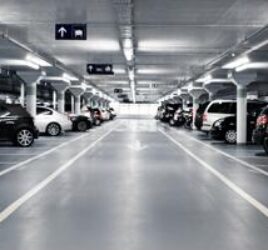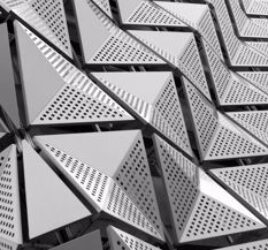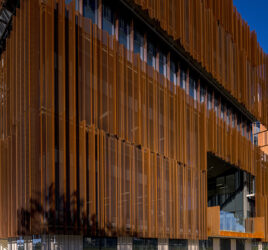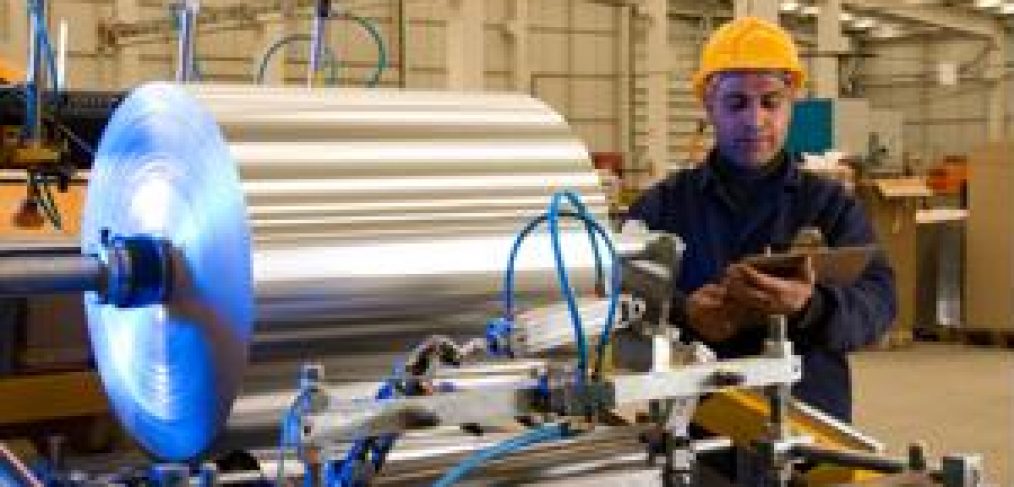
Expanded metal: Sustainable, durable and versatile
There are more uses for expanded metal than creating fences or perforated metal sun covers, although these are popular and helpful applications. This versatile and durable material has the potential to underscore stunning architectural design.
This article will uncover the characteristics of expanded metal, how its made and how to utilise it to its fullest potential.
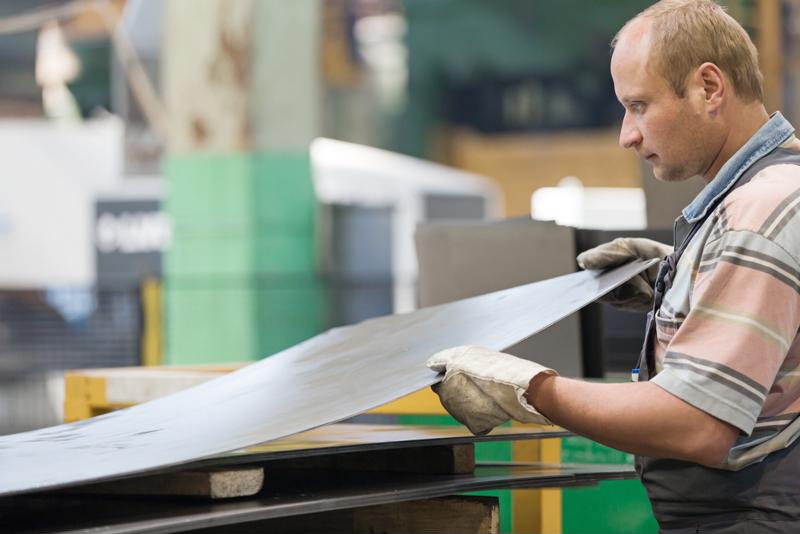
Architectural expanded metal characteristics
Expanded metal is sheet metal pre-cut and stretched to form diamond shaped openings across its surface. It can easily be adapted to use for a variety of architectural metal projects. Expanded metal can provide many functional solutions as well, such as:
- Security
- Ventilation
- Privacy
- Sun protection
The material has characteristics that are unique to it and help improve its functionality in different architectural use cases. Expanded metal can be described as:
- Rigid
- Adaptable
- Aesthetically appealing
- Lightweight
- Strong
- Decorative and functional
- Flexible
It can be decorated with powder coating or by changing the size of the cuts made to the material during production to support certain design elements of the project. The larger the cut, the more sunlight and airflow can move through it. With smaller cuts, more privacy and sunshade is provided — the perfect solution for facades.
From an architectural perspective, expanded metal can provide texture and depth to a building facade or ceiling without taking away from its structural integrity or design.
Its durability depends on the type of metal you choose. All of Locker's expanded metal is sourced from Dandenong, Victoria steel or aluminium. Both materials are corrosion-resistant. With a powder coat or finishing, they can prove to be more durable against harsh weather conditions.
What makes expanded metal sustainable? There is rarely any scrapped metal at the end of a project. The panels are predetermined and instead of cutting forms out of the metal, as is the case with a perforated sheet, the holes are precut.
A brief expanded metal technical design overview
Depending on how you plan on using the expanded metal, we have a host of product types designed specifically to solve certain structural needs.
To help you decide on diamond sizes and types, we've narrowed down manufacturing specifics to three styles:
- Security and fencing
- Agricultural
- Sunscreen
These categories can help you choose the correct range for your use. However, Australian-made expanded metal can be employed in just about any space you need it. The versatility comes from how it is manufactured.
Raw material is put through an expanding machine, where it is cut and stretched using a pressured slitting and stretching methodology. The larger the cuts, the more flexible the panel is and the thicker it must be to support the slits. You can choose any variation of hole sizes. At the end of the process, the metal is cut into sheets or rolled into coils.
Expanded metal applications
Outside of the three categories, there are many ways you can use expanded metal. Choose a long-way diamond (LWD) or short-way diamond pattern (SWD), large cuts or small, or even add colour to the expanded metal sheet to improve its visual effect. The pattern of the expanded mesh can be staggered, providing the most open space, or aligned in straight columns and rows.
Expanded metal can be seen in any number of applications, such as:
- Facades
- Walls
- Grilles
- Handrails
- Infill panels
- Walls
- Ceilings
- Floors
- Doors
The intended use of the material will help determine the open area percentage you will need. The larger the space, the more air, water and light can come through the cuts. Typically, architectural expanded metals can be used for building structures, trim, decoration, railings or roofing. Some expanded metals could be combined with concrete to help support the structure's strength.
We use expanded metal most often for building facades. We've helped design vertical facades, polygonal facades and free form facades that are not supported by a wall or structure but simply used for their design and function. A free form use of expanded metal could be outdoor partitions or a part of an art piece adjacent to a building.
What separates Australian metal from the rest
At Locker, we take pride in providing Australian-made metal from Dandenong, Victoria. This is metal you can trust from the manufacturers that are committed to the integrity of our product. We offer an extensive range of expanded metal products and custom designs that can fit any project idea.
Reach out to a Locker professional to learn more about our process, the materials we offer or to get started on your own project.

